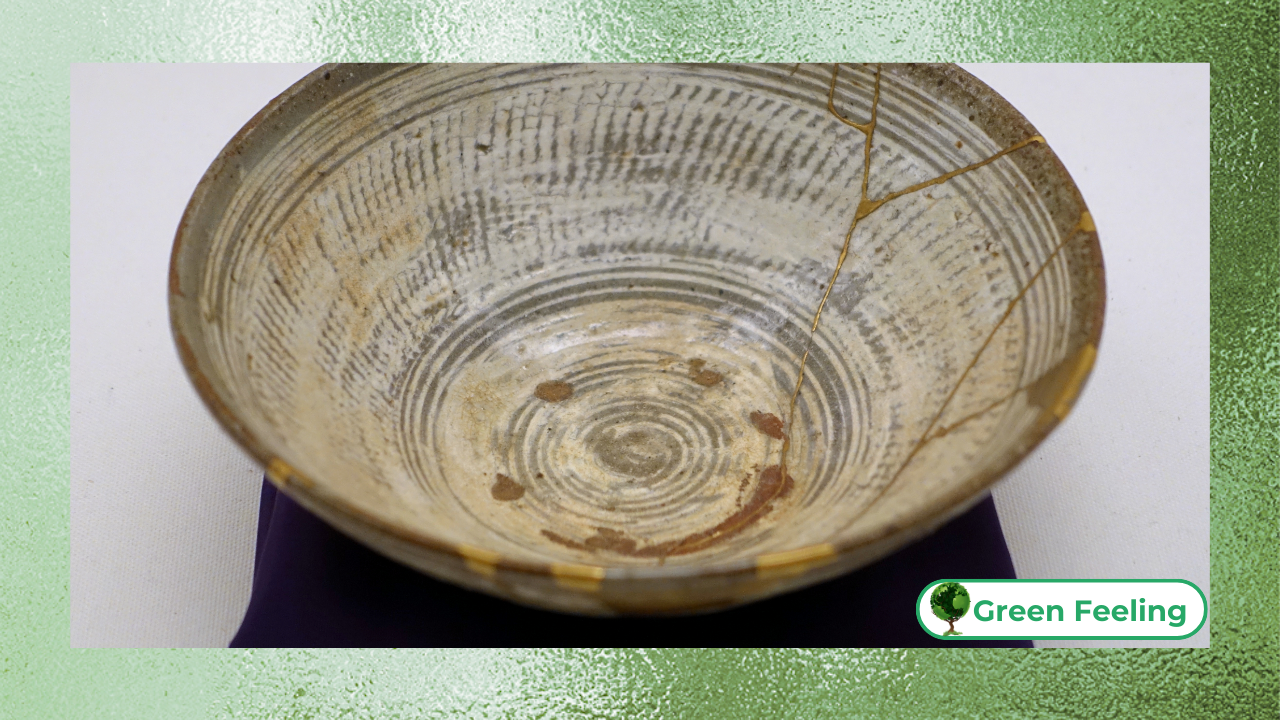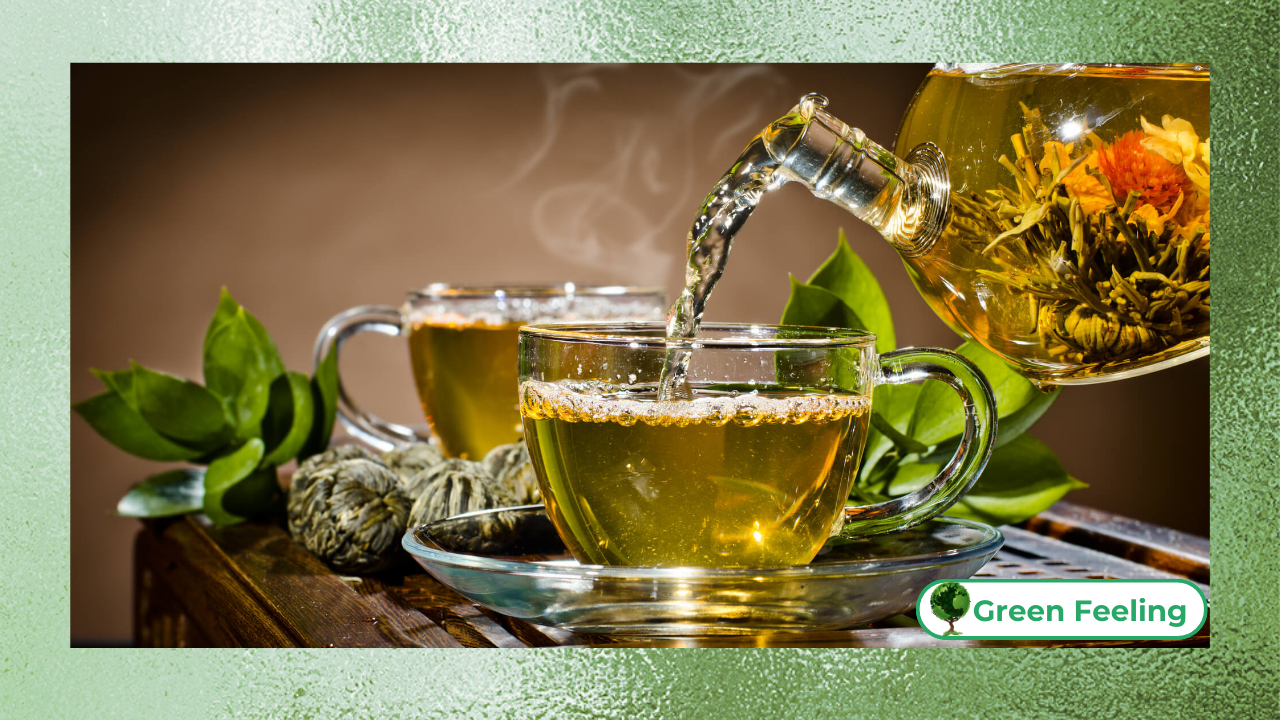Medicinal Plants in Organic Agriculture: Use and Benefits
Medicinal plants have been a cornerstone of traditional medicine for centuries, but their application in organic agriculture is a growing field of interest.

As the world shifts towards more sustainable and eco-friendly farming practices, the integration of medicinal plants into organic agriculture offers a promising alternative to synthetic chemicals.
These plants not only provide natural solutions for pest control and soil enrichment but also contribute to biodiversity and environmental health.
This article delves into the use and benefits of medicinal plants in organic farming, offering a comprehensive guide for those unfamiliar with the subject.
By understanding their role, we can appreciate how these plants support sustainable agriculture and promote a healthier ecosystem.
- Medicinal plants are natural resources that can enhance organic farming practices.
- They contribute to sustainable agriculture by reducing reliance on synthetic inputs.
The Role of Medicinal Plants in Organic Agriculture
Medicinal plants play a pivotal role in organic agriculture by serving as natural pesticides, fertilizers, and soil conditioners.
For instance, neem (Azadirachta indica) is widely recognized for its pest-repellent properties, while chamomile (Matricaria chamomilla) is known to improve soil fertility.
These plants not only protect crops from pests and diseases but also promote a balanced ecosystem by attracting beneficial insects and microorganisms.
The use of medicinal plants in organic farming reduces the environmental impact of agriculture, making it a more sustainable practice.
By integrating these plants into farming systems, farmers can achieve healthier crops and soils without relying on harmful synthetic chemicals.
- They provide natural solutions for pest and disease management.
- Medicinal plants enhance soil quality and support biodiversity.
Benefits of Medicinal Plants in Organic Farming

The benefits of incorporating medicinal plants into organic farming are manifold.
Firstly, they help reduce the carbon footprint of agriculture by minimizing the need for chemical inputs.
This reduction in chemical use not only benefits the environment but also improves the health of farmers and consumers.
Secondly, medicinal plants can enhance crop resilience to climate change and pests, ensuring higher yields and better-quality produce.
Farmers also benefit economically, as these plants are often cost-effective and easy to cultivate.
Moreover, the use of medicinal plants aligns with the increasing consumer demand for organic and chemical-free products, providing a market advantage for farmers.
- They contribute to environmental sustainability and climate resilience.
- Medicinal plants offer economic advantages for farmers.
Applications of Medicinal Plants in Organic Agriculture
Medicinal plants can be utilized in various ways in organic farming.
They are often processed into extracts, teas, or powders for application as natural pesticides or fertilizers.
Companion planting, where medicinal plants are grown alongside crops, is another effective strategy.
For example, planting garlic (Allium sativum) near tomatoes can deter pests naturally, while marigolds (Tagetes spp.) can repel nematodes and other soil-borne pests.
The table below summarizes some common medicinal plants and their applications in organic agriculture.
+ Benefits of Chamomile Tea: A Soothing Brew for Health and Wellness
| Medicinal Plant | Application | Benefit |
| Neem | Natural pesticide | Repels pests and insects |
| Chamomile | Soil conditioner | Improves soil fertility |
| Garlic | Companion planting | Deters pests naturally |
| Calendula | Pest repellent | Attracts beneficial insects |
| Marigold | Nematode control | Protects roots from pests |
| Basil | Insect repellent | Keeps mosquitoes and flies away |
Challenges and Considerations
While the use of medicinal plants in organic agriculture offers numerous benefits, there are also challenges to consider.
One major challenge is the lack of standardized guidelines for their use, which can lead to inconsistent results.
Additionally, the cultivation and processing of medicinal plants require specific knowledge and skills, which may not be readily available to all farmers.
There is also the issue of scalability, as large-scale production of medicinal plants for agricultural use can be labor-intensive and time-consuming.
Despite these challenges, the potential benefits of medicinal plants in organic farming make them a valuable tool for sustainable agriculture.
- Standardization and knowledge gaps are significant challenges.
- Scalability and labor requirements can be limiting factors.
How to Implement an Agroforestry System on Small Farms
Case Studies: Success Stories in Organic Farming
Several case studies highlight the successful integration of medicinal plants into organic farming systems.
In India, for example, neem has been widely used as a natural pesticide in organic cotton farming, significantly reducing the need for synthetic chemicals.
Similarly, in Brazil, farmers have adopted the use of chamomile and calendula to improve soil health and control pests in organic vegetable production.
In Europe, particularly in Germany and France, medicinal plants like valerian and stinging nettle are used in biodynamic farming to enhance soil fertility and pest resistance.
These success stories demonstrate the practical benefits of medicinal plants and provide valuable insights for other farmers looking to adopt similar practices.
- Neem in Indian organic cotton farming.
- Chamomile and calendula in Brazilian organic vegetable farming.
- Valerian and stinging nettle in European biodynamic farming.
Future Prospects and Research Directions
The future of medicinal plants in organic agriculture looks promising, with ongoing research exploring new applications and benefits.
Advances in biotechnology and agroecology are expected to enhance the efficacy and scalability of medicinal plants in farming.
Additionally, there is growing interest in the development of standardized protocols for their use, which could help overcome current challenges.
As the demand for organic products continues to rise, the role of medicinal plants in sustainable agriculture is likely to become even more significant.
Research is also focusing on the potential of lesser-known medicinal plants and their synergistic effects when used in combination with other organic practices.
- Biotechnology and agroecology are key areas of research.
- Standardized protocols could enhance the use of medicinal plants.
- Synergistic effects of combining medicinal plants with other organic practices.
Did you enjoy the content about “Medicinal Plants in Organic Agriculture”?
If so, share this article with others who might benefit from learning about the use and benefits of medicinal plants in organic farming!
+ How to Build Your Own Aeroponic Tower at Home
Conclusion
Medicinal plants are invaluable assets in organic agriculture, offering sustainable solutions for pest control, soil health, and crop protection.
Their use not only benefits the environment but also supports farmers and meets consumer demand for organic products.
By integrating medicinal plants into farming practices, we can promote a healthier and more sustainable agricultural system.
Despite the challenges, the potential benefits of medicinal plants make them a promising tool for the future of organic farming.
As research continues to uncover new applications and benefits, the role of medicinal plants in agriculture is set to expand, paving the way for a more sustainable and resilient food system.
Read more: https://ofrf.org/resources/organic-faqs/
References
SOUZA, J. M. A. Medicinal Plants in Organic Agriculture: A Practical Guide. São Paulo: Green Press, 2022.
FAO. The Role of Medicinal Plants in Sustainable Agriculture. Rome: Food and Agriculture Organization, 2021.
KUMAR, R.; SINGH, A. Neem in Organic Farming: A Case Study from India. Journal of Sustainable Agriculture, v. 45, n. 3, p. 123-135, 2020.
SILVA, M. P.; FERNANDES, L. Chamomile and Calendula in Brazilian Organic Farming. Agroecology and Sustainable Food Systems, v. 38, n. 2, p. 89-102, 2019.
EUROPEAN COMMISSION. Biodynamic Farming Practices in Europe. Brussels: European Union Publications, 2022.
External Links






